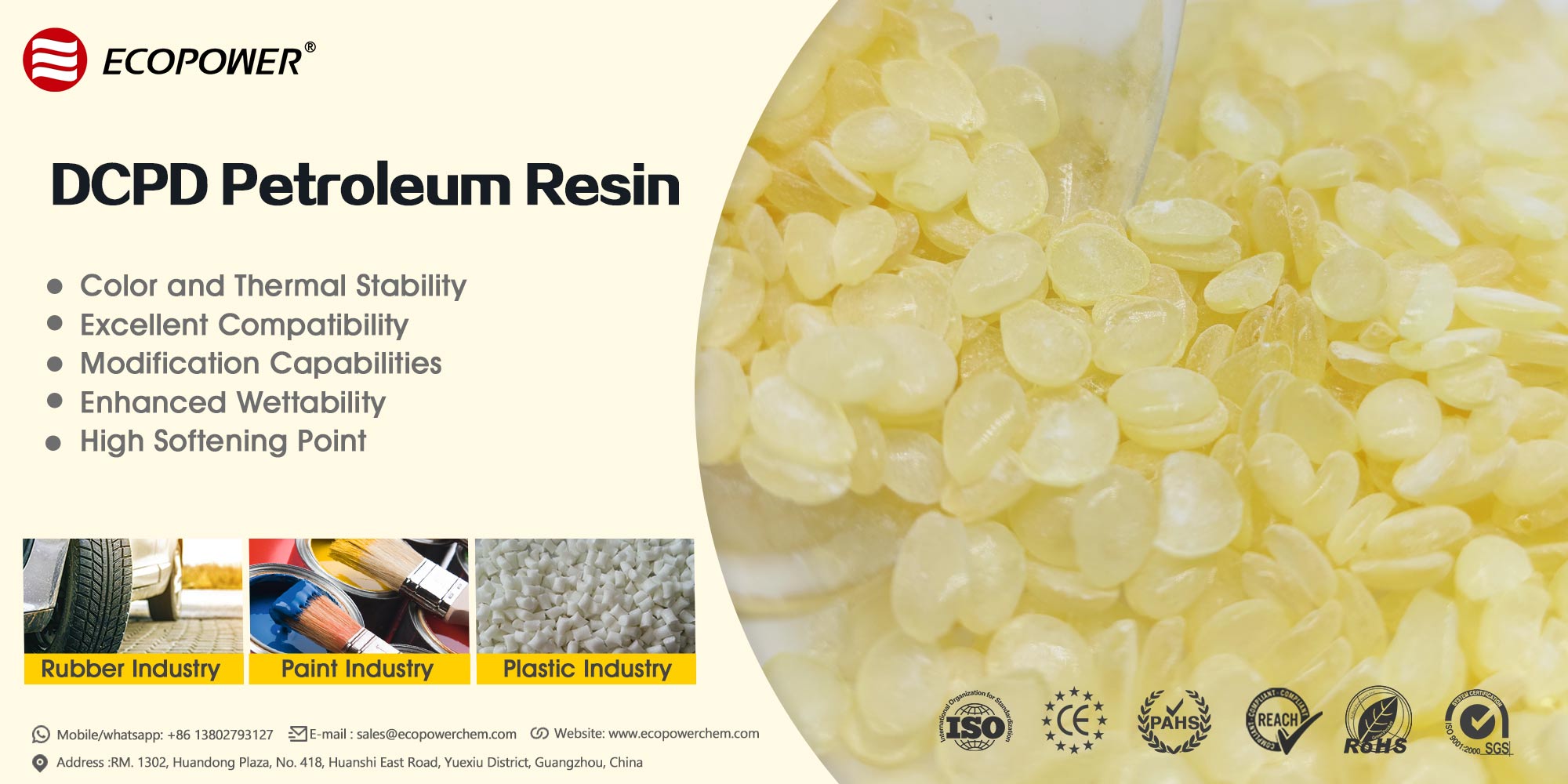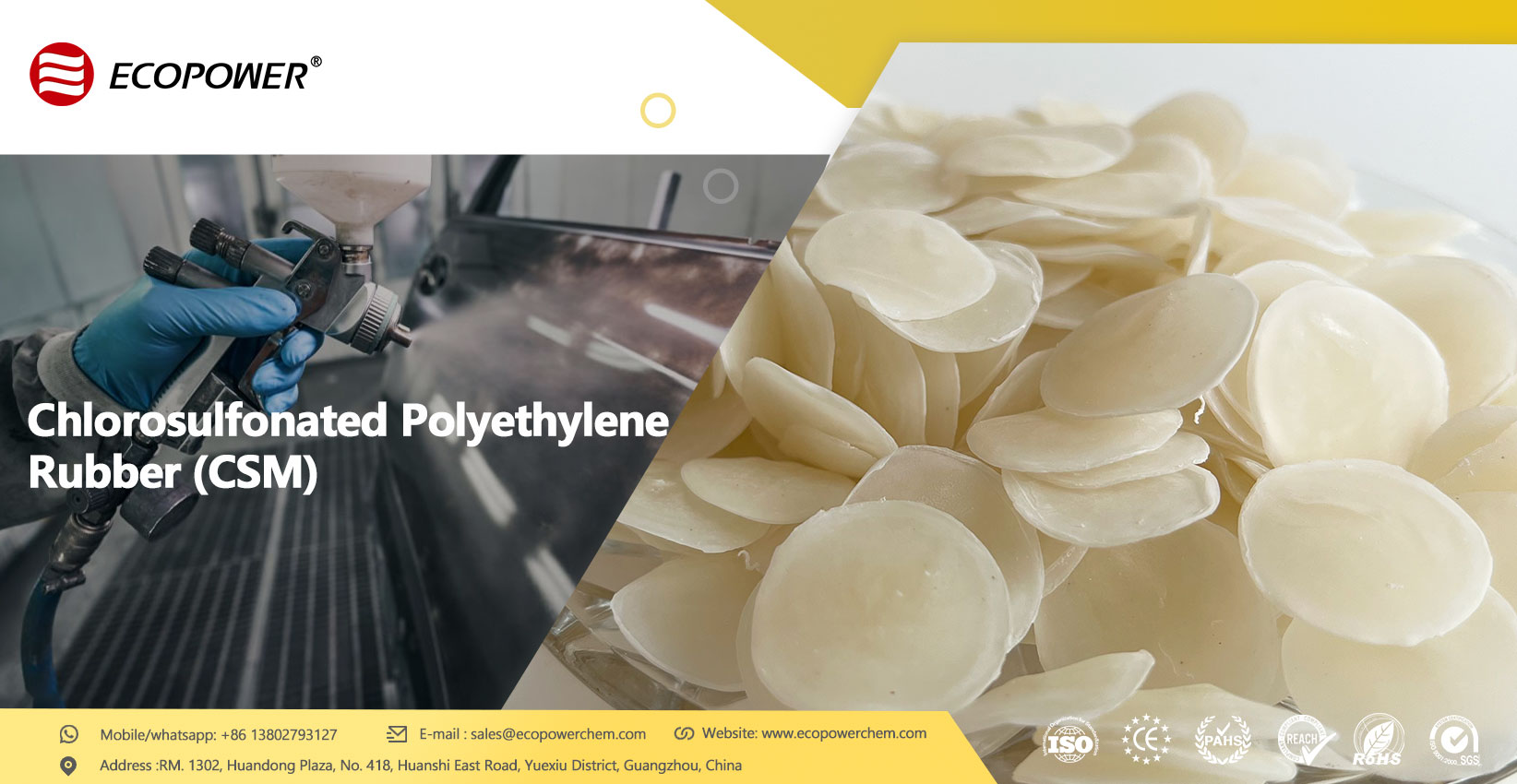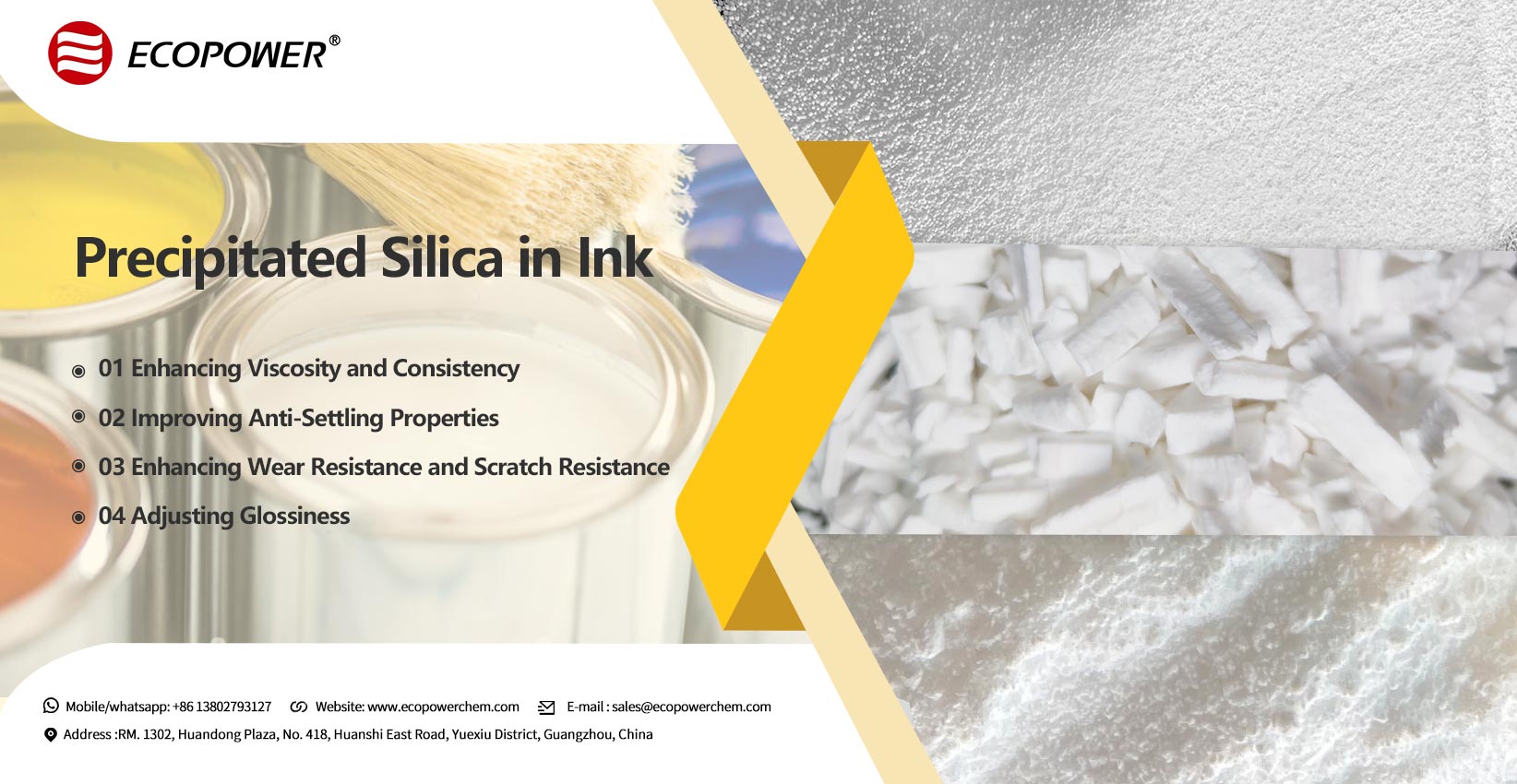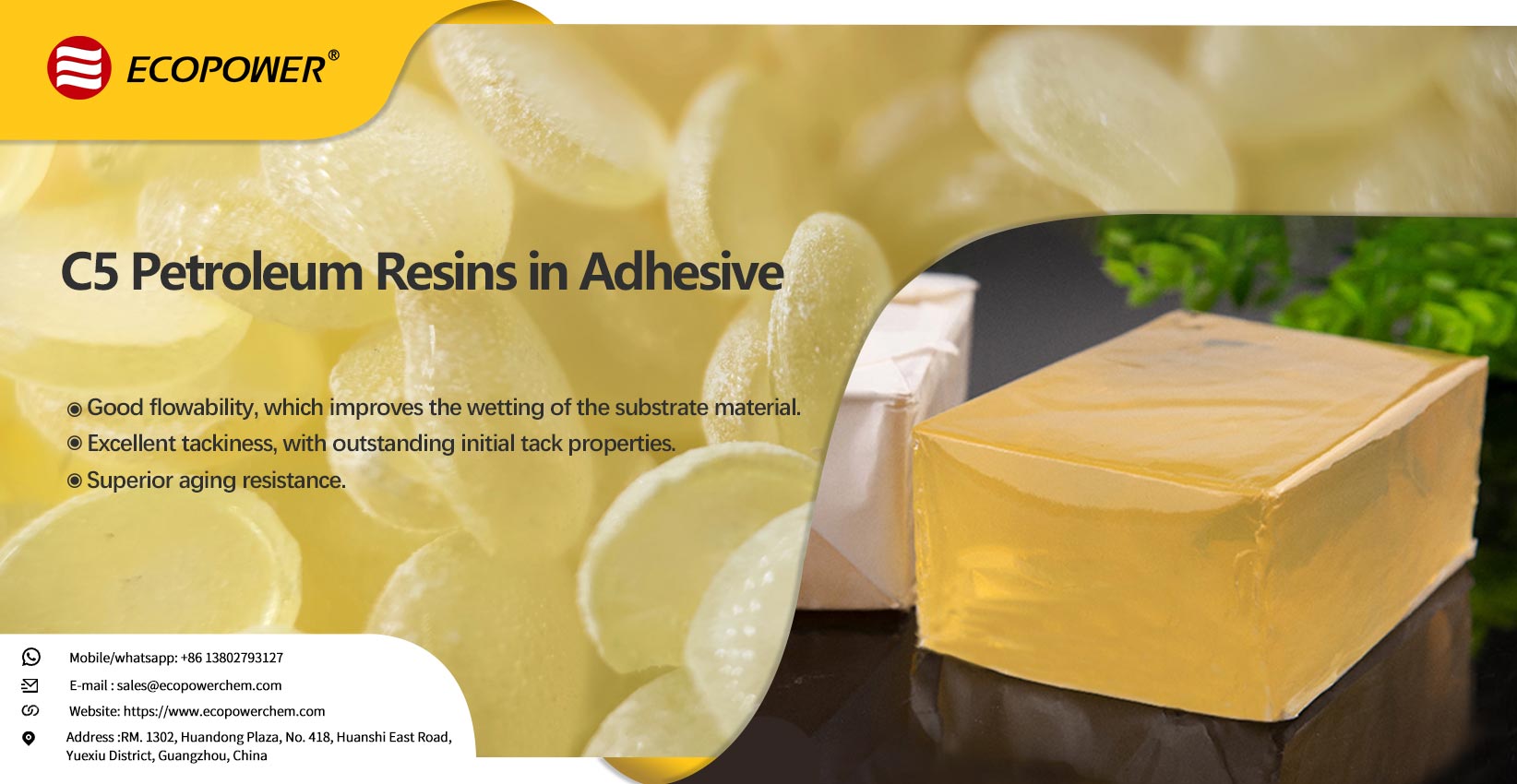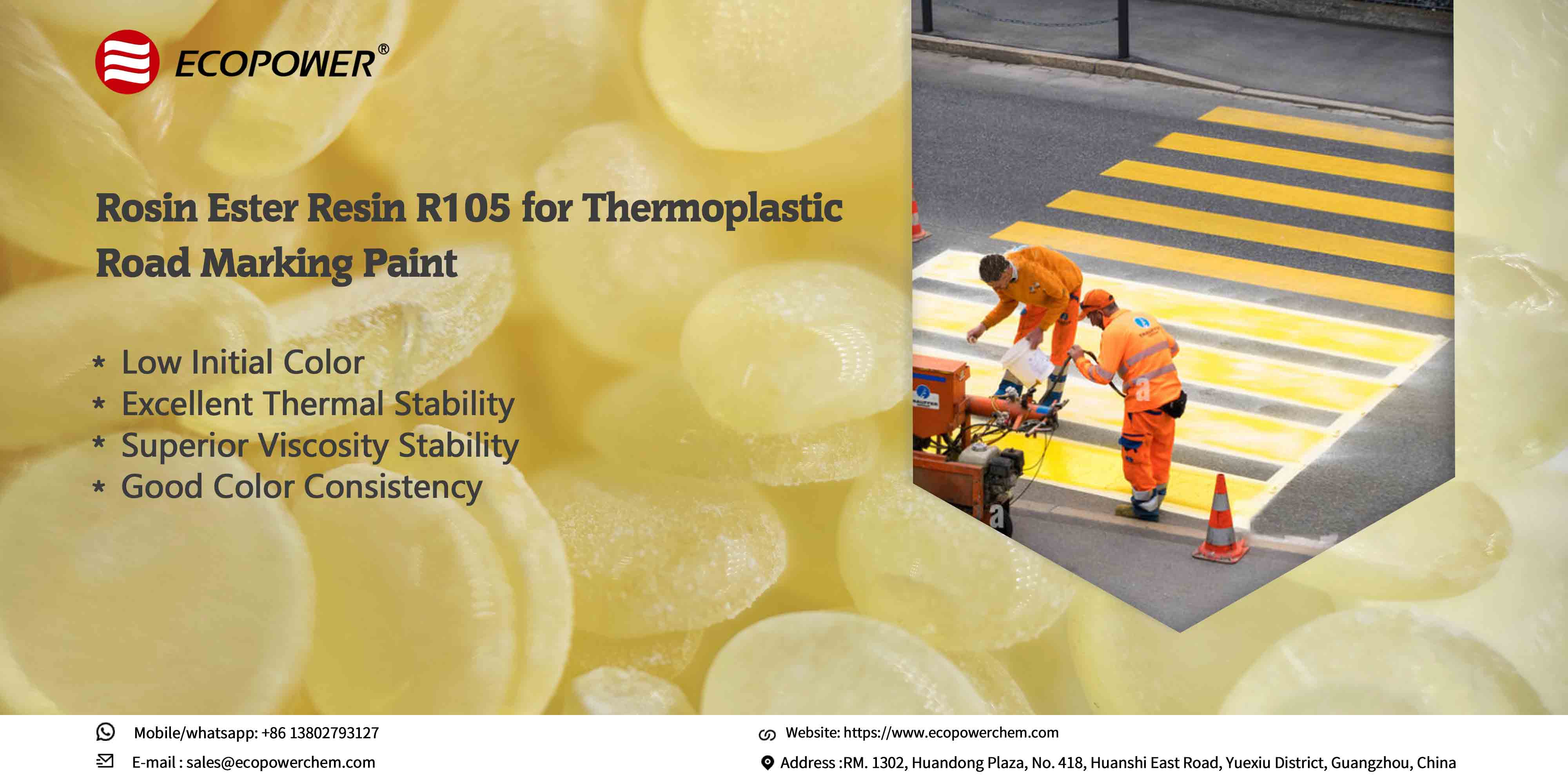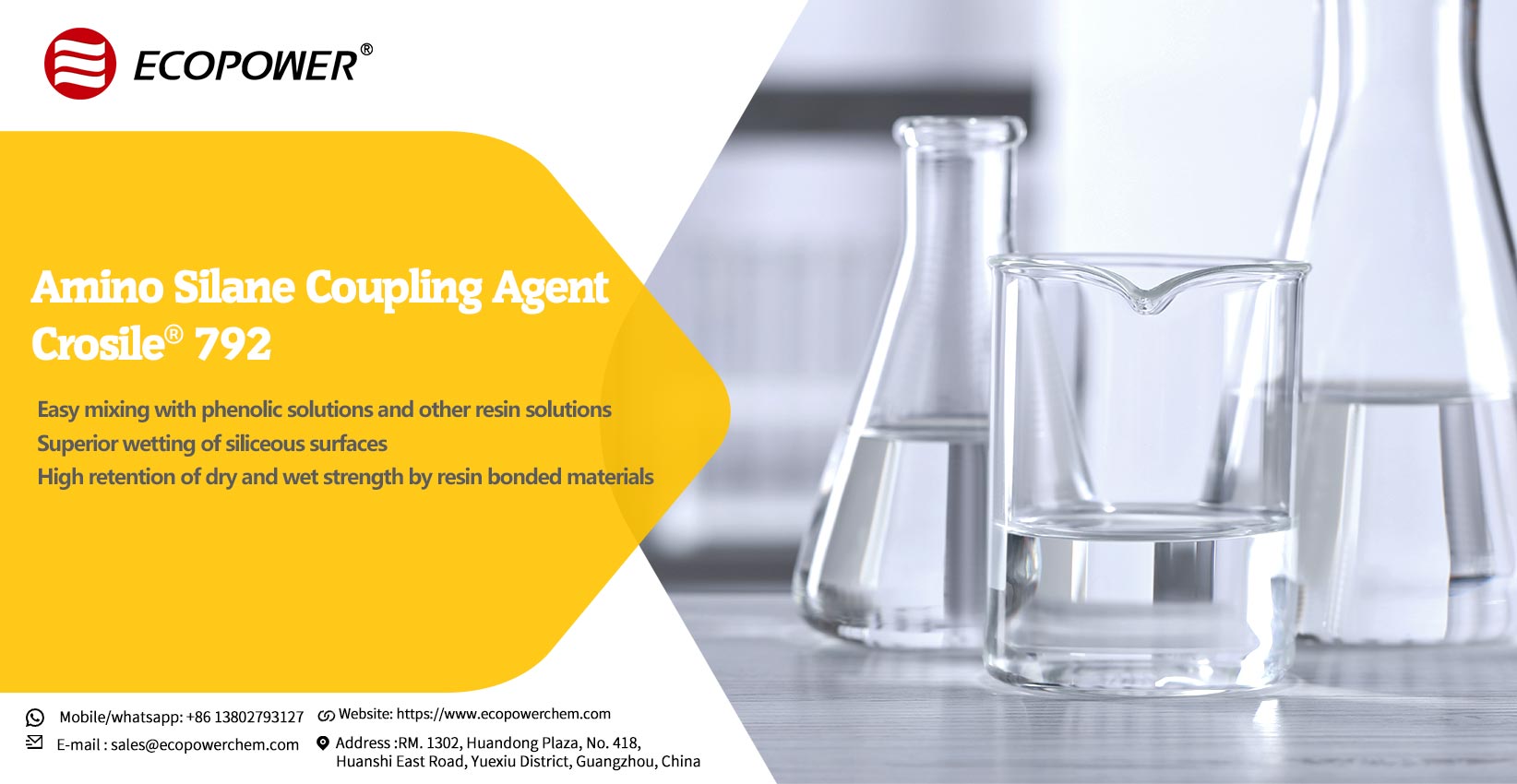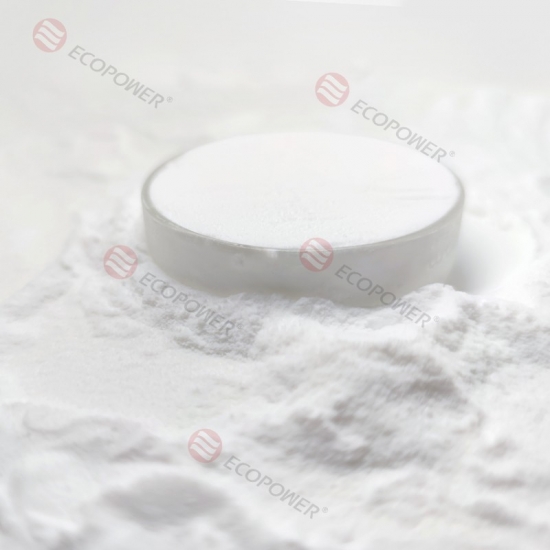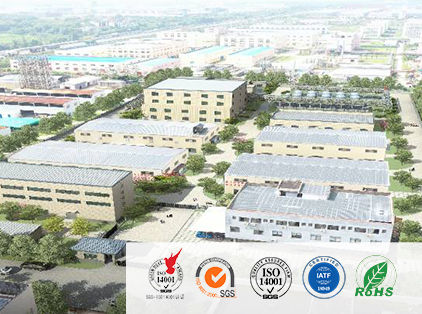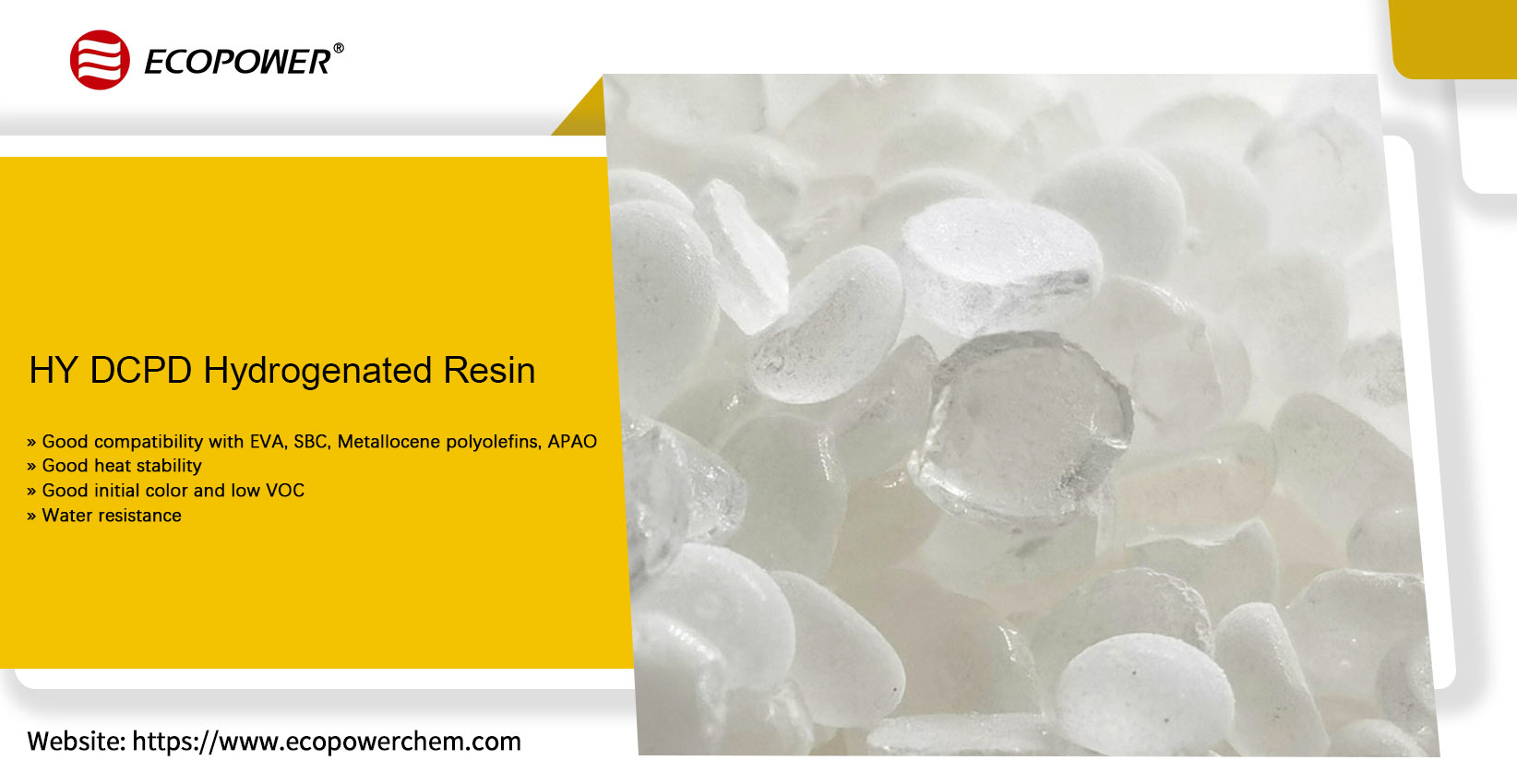Mar / 06, 2024
Use of White Silica Matting Agents in Solvent-Based Wood Finishes
In the coating industry, pigments or fillers are added to achieve a uniform distribution in the coating film, creating a micro-rough surface. The larger the surface particles, the greater the micro-roughness, resulting in lower gloss. In the production of matte coatings, lightweight materials such as precipitated calcium carbonate or talc are often used in large quantities, exceeding the critical pigment volume concentration and leading to issues like poor physical properties of the coating film, such as layering and hard settling. The use of matting agents can prevent these problems. Matting agents are categorized into organic and inorganic types, with white silica being a prominent inorganic matting agent. This article focuses on the application of white silica matting agent in solvent-based wood coatings: High-Solids Coatings High-solids coatings have a high solid content and low volatile solvents, leading to increased matting agent usage and viscosity. The particle size of the matting agent becomes crucial, and it should be selected based on the dry film thickness. Choosing a matting agent with a small particle size may result in low matting efficiency, higher consumption, and issues like accumulation, whitening, and poor transparency. On the other hand, selecting a matting agent with a larger particle size can meet tactile requirements while achieving the desired matting effect. Clear Varnish Clear varnishes are primarily used to provide gloss to the surface. Matte clear varnishes achieve diffuse reflection by adding matting agents. Factors such as efficiency, particle size, transparency, anti-settling properties, dispersibility, and surface feel should be considered when determining the matting agent dosage. The white silica content in matting agents for coatings should be above 95%, with wax treatment recommended to prevent settling and blockage. Wax treatment enhances compatibility with solvent-based coating systems, improves scratch resistance, and enhances film slip, although it may slightly reduce matting efficiency and transparency. Colored Paints In colored paint systems, pigments and other fillers can provide matting effects, but excessive use may compromise the coating's mechanical and weathering properties. Introducing white silica matting agents, if selected appropriately, can partially replace some of the expensive gas-phase process matting agents, meeting product quality requirements while significantly reducing costs. Product Recommend Silica Matting Agent Type 740 750 770 Specific surface area, m²/g 300-380 300-380 320-400 Heating loss(105° 2h), % ≤5.0 ≤5.0 ≤8.0 Lgniting loss(1000° 2h)% ≤7.0 SiO2 (After igniting loss), % ≥99.0 pH(5% suspension) 5.0-7.0 DBP Absorption, cm³/g 2.00-3.50 Salt as NA2SO4, % ≤200 Whiteness ≥94.0 Pore Volume 2.0±0.2 Scraper Fineness ≤21 ≤23 ≤36
View More
 Whatsapp us
Whatsapp us
